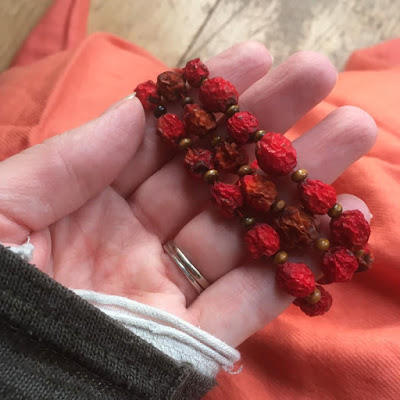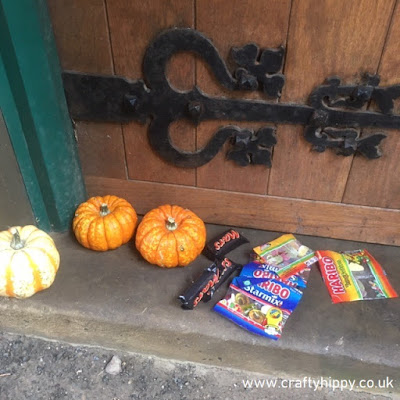This is the night when the gateway between our world and the spirit world is thinnest.
Tonight is a night to call out those who came before.
Tonight I honour my ancestors.
Spirits of my fathers and mothers, I call to you, and welcome you to join me for this night.
You watch over me always, protecting and guiding me, and tonight I thank you.
Your blood runs in my veins, your spirit is in my heart, your memories are in my soul.
With the gift of remembrance, I remember all of you.
You are dead but never forgotten, and you live on within me, and within those who are yet to come.
Tonight is a night to call out those who came before.
Tonight I honour my ancestors.
Spirits of my fathers and mothers, I call to you, and welcome you to join me for this night.
You watch over me always, protecting and guiding me, and tonight I thank you.
Your blood runs in my veins, your spirit is in my heart, your memories are in my soul.
With the gift of remembrance, I remember all of you.
You are dead but never forgotten, and you live on within me, and within those who are yet to come.
~ Patti Wigington
As crops die and winter takes
over, we look within to find our own balance of dark and light. Light is always
born out of darkness, they are inseparable, interdependent, and necessary. Do
not be afraid of the darkness - darkness is fertile with potential.
The down-time of winter gives us the opportunity to rest and reflect on the past, and to dream of new beginnings. I hope the seeds you plant for next year bring you peace, joy, happiness, and abundance.
Have a blessed Samhain all those who celebrate. With love and blessings, Wren
NEXT - Pagan Holidays: 65 Samhain Magickal Correspondences
The down-time of winter gives us the opportunity to rest and reflect on the past, and to dream of new beginnings. I hope the seeds you plant for next year bring you peace, joy, happiness, and abundance.
Have a blessed Samhain all those who celebrate. With love and blessings, Wren
NEXT - Pagan Holidays: 65 Samhain Magickal Correspondences





